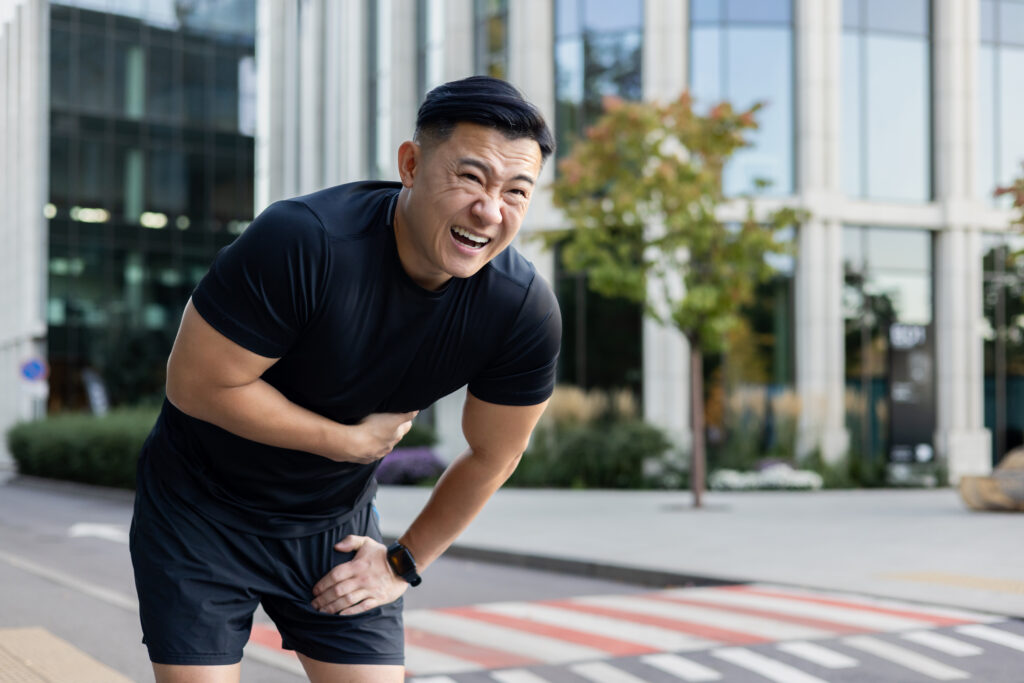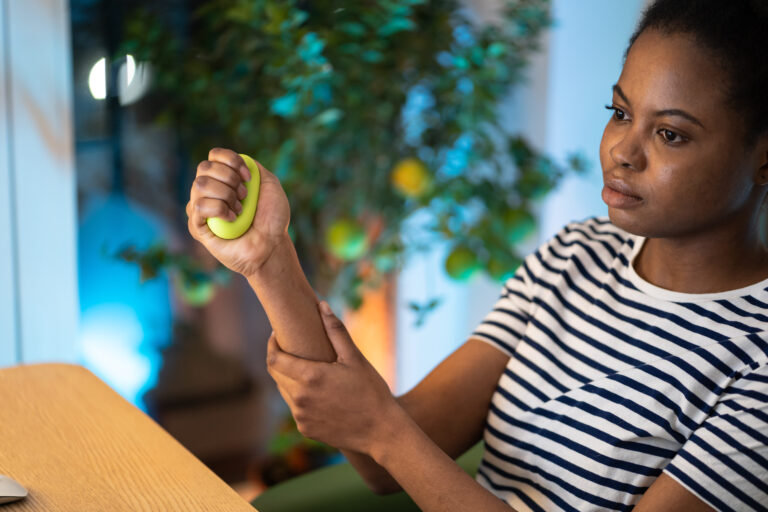If you’re experiencing pain in your groin, lower abdomen, or inner thigh, it might be a sports hernia or, in medical terms, athletic pubalgia. This condition, often associated with high-level athletic activities, can affect anyone—even those not engaged in sports. Understanding Sports Hernia & Athletic Pubalgia causes, symptoms, and treatment options is crucial for recovery and prevention of further injury.
What Is a Sports Hernia?
A sports hernia, or athletic pubalgia, is not a traditional hernia. Unlike a typical hernia, where organs protrude through the abdominal wall, a sports hernia involves the muscles and tendons around the pubic bone. These structures, including the abdominal muscles and inner thigh muscles (adductors), attach to the pubic bone. Injury or weakening of these attachments can lead to pain and functional impairments.
Symptoms of Sports Hernia
Common symptoms include:
- Pain in the groin or lower abdominal region
- Discomfort radiating to the inner thigh
- Aggravation of pain during activities like running, kicking, twisting, or even simple movements such as walking, coughing, or sneezing
- Relief of symptoms when resting
In some cases, the pain may feel like a stabbing, throbbing, or aching sensation. These symptoms often start gradually and worsen over time, though acute cases can occur.
Causes of Sports Hernia
The condition often arises from repetitive stress or improper mechanics during activities. Contributing factors include:
- High-intensity sports involving twisting, kicking, or sudden changes in direction
- Improper body mechanics during exercises or daily activities
- Lack of flexibility or asymmetry in the pelvis or hips
- Compensatory movements due to injuries in other areas of the body
- Postpartum changes in the pelvic region
Understanding the Anatomy
The pelvis is a ring-like structure that includes the pubic bone, sacroiliac joint, and various muscles, ligaments, and tendons. The interconnectedness of these structures means that issues in one area can affect others. For example, tightness or weakness in the hips or lower back can place additional stress on the pelvic region, leading to overuse or injury of the muscles and tendons around the pubic bone.
Risk Factors
While sports hernias are common among athletes, they can affect anyone, including:
- Sedentary individuals with poor posture or movement patterns
- Postpartum women experiencing changes in pelvic alignment and muscle function
- People with a history of hip, lower back, or pelvic injuries

Diagnosing Sports Hernia
Diagnosis often involves:
- A thorough physical examination
- Assessment of movement patterns and flexibility
- Imaging tests, such as MRI or ultrasound, to identify tears or weakening in the tendons and muscles
Treatment Options
Effective treatment requires addressing both the symptoms and underlying causes. Options include:
1. Rest and Activity Modification
- Avoid activities that aggravate the condition.
- Gradually reintroduce movement once symptoms subside.
2. Physical Therapy
A targeted physical therapy program can:
- Improve flexibility and strength in the hip, abdominal, and pelvic muscles
- Address imbalances and asymmetries
- Teach proper mechanics for movement and exercise
3. Manual Therapy
Techniques such as myofascial release and joint mobilization can help improve alignment and reduce tension in the affected areas.
4. Pelvic Floor Therapy
Specialized therapy focusing on the pelvic floor muscles can:
- Address tightness or weakness in the pelvic region
- Improve coordination and function of the interconnected muscles
5. Medications and Injections
In some cases, anti-inflammatory medications or corticosteroid injections may be prescribed to reduce pain and inflammation.
6. Surgical Intervention
For severe or persistent cases, surgery may be necessary to repair torn or weakened tendons.
Finding the Right Specialist
Recovering from a sports hernia often requires a multidisciplinary approach. Look for a specialist with expertise in:
- Orthopedics
- Pelvic floor therapy
- Biomechanics and movement analysis
Preventing Sports Hernia
To reduce the risk of developing a sports hernia:
- Maintain good flexibility and strength in the hips, abdomen, and pelvis
- Practice proper mechanics during exercise and daily activities
- Address injuries promptly to prevent compensatory movements
- Gradually increase the intensity of physical activities
The Path to Recovery
Recovering from a sports hernia can be a complex process, especially for individuals who have tried conservative treatments without success. A comprehensive approach—addressing both symptoms and the underlying biomechanical issues—is essential. With the right guidance and treatment, you can regain function and return to the activities you enjoy.
Conclusion
Sports hernia and athletic pubalgia are challenging conditions, but they are manageable with proper care. By understanding the anatomy, causes, and treatment options, you can take proactive steps toward recovery. If you suspect you have a sports hernia, consult a qualified specialist to develop a personalized treatment plan tailored to your needs.
Also Read: How to Treat Endometriosis Symptoms
I’m Hina Sheth. I have been treating complex orthopedics, sports and pelvic floor physical problems for over 25 years with amazing results. Now I want to bring my knowledge to the global community so I can spread my knowledge to you.
Our bodies are complex systems of 600 muscles and organs intertwined in a fascial system that all work together. Imbalances in this system such as trigger points, visceral and myofascial restrictions can lead to joint, pelvic, and organ issues.
Factors like nutrition, exercise, sleep, and stress play a crucial role. Unfortunately, our current healthcare model does not look at our bodies as a whole and oftentimes compartmentalize musculoskeletal injuries and dysfunctions.
At Rebalance, our goal is to holistically treat this complex system to restore harmony in the body. By addressing these imbalances, we help clients improve their overall health and well-being. Our vision is to empower individuals to create a healthier lifestyle for themselves.






